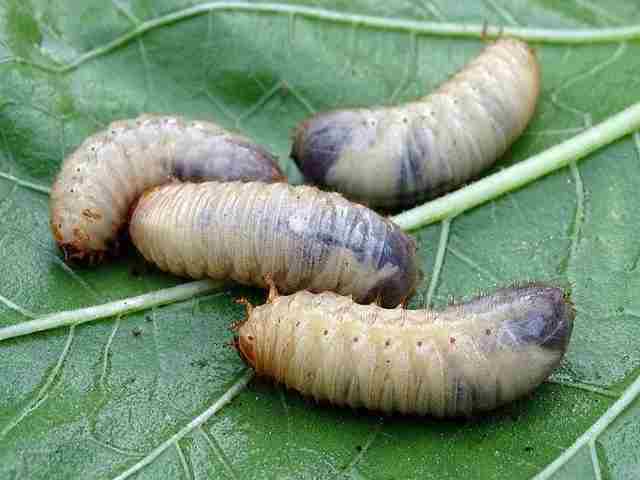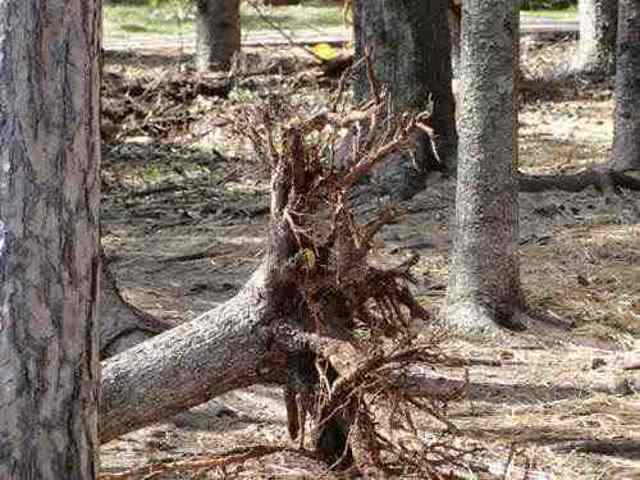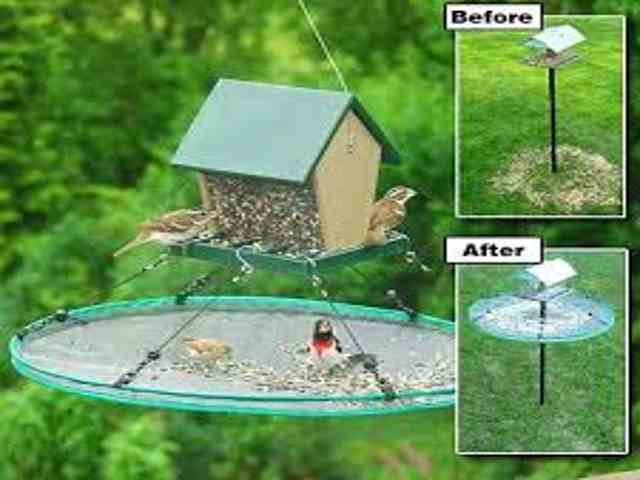How To Prevent Moles

How to prevent moles from invading your lawn and landscape starts with an understanding that it’s usually all about food. Thus, this article will focus on the prevention process, as related to the management and reduction of the food supply versus eradication techniques like mole trapping. While reducing the food supply may keep moles out of your yard, it’s just a technique that may work to varying degrees given your specific location and situation.
How To Prevent Moles
We often talk about the basic necessities of life; food, water, and shelter. Moles live underground and rarely surface, hence, shelter is well covered. A mole is an insectivore/carnivore with a diet consisting of earthworms, nightcrawlers, grubs, and insects that carry high water concentrations. Moles receive more than an adequate supply of water from the food that they consume in your yard. So, all the basic necessities of life are covered including the aforementioned food. The main reason a mole prefers your lawn over another usually but not always comes down to food.
Please, keep in mind that moles do not respect property boundaries. They tend to be a neighborhood problem and if left unchecked, they will breed, multiply, and push out into the neighborhood. Sometimes, this can take several years – when left unchecked, it’s usually not a matter of if but a matter of when they find your yard. When an overpopulation level occurs, prevention techniques related to food go out the window and you still need to work on the removal or “eradication.” Often, the process of mole eradication and prevention go hand in hand.
As a general rule, lawns that attract moles are usually those that have many inputs like water, fertilizer, and plant materials. These inputs tend to be found in nicer yards but it’s not uncommon to find moles in unattractive yards. Indeed, both situations have a way of fostering food. We would like to emphasize that this is an “opinion piece” and with safety in mind, we always encourage homeowners to do what they feel works best for their specific lawn mole situation. Below are a few considerations to keep in mind for how to prevent moles in your lawn.

Steps You Can Take To Prevent Moles - Habitat Modification
Manage Irrigation And Drainage
When it comes to addressing how to prevent moles, irrigation and drainage are almost always overlooked. Moles are naturally attracted to moisture imbalances including under and over watering situations. These imbalances create cluster areas of food or “food pockets.” In wet areas, you tend to see an overpopulation of worms and nightcrawlers, and in dry areas, an overpopulation of insects. Irrigate less in shaded areas, at the bottom of hills where water tends to congregate, and also in mulch areas that retain moisture. Irrigate more in sunny areas. Always remember that you should have “even” levels of moisture throughout the yard. Shaded areas retain moisture longer, so these areas need less water than sunny areas.
In Minnesota, about 1 to 1.5 inches of water needs to be applied to your yard, all at one time, 3 to 4 times per week. The best time to irrigate is before 9:00 am. Set your underground sprinklers to not water when it is raining (use rain sensors). Irrigation heads should be regularly checked for damage and adjusted to provide even irrigation throughout your yard. Head volume should be adjusted based on a specific zones moisture needs.
If your irrigation system is not functioning properly, consider conducting a system audit. Auditing an irrigation system includes three basic steps: 1. Checking all system components including sprinklers, valves, and controllers, 2. Conducting a performance test, and 3. Programming the controller. Please consider contacting an irrigation professional for watering and drainage issues. Metro Mole Control would be happy to provide recommendations if needed.

Minimize The Use of Lawn Chemicals And Evaluate Soil Conditions
Your soil’s biological makeup is a key attraction for mole food. A healthy lawn is a natural mole deterrent but avoid the use of too many lawn chemicals and always try to stay low impact with fertilization. Soil fertility, pH level, and/or problems due to excessive salts or fertilizer materials should be evaluated. Consider contacting the University of Minnesota Soil Testing Laboratory for soil concerns. We can also recommend a lawn care professional to help evaluate soil conditions. Based on soil analysis, a low impact fertilization approach can be tailored to your turf type, soil condition, and usage.

Consider Applying A Grub And Insect Control Product
Consider trying a commercial grub and insect preventative but only after you have addressed a resident mole population. This type of preventative can sometimes provide relief by reducing the food supply making your lawn less attractive. However, do keep in mind that applying a grub and insect killer will address many invertebrates but not remove worms and nightcrawlers, a major food source for moles. If you apply such a preventative before eliminating a moderate to severe resident mole infestation, that population will often do even more damage. Rather than abandoning your property, resident moles will have to look that much harder for food. If food is harder to locate, they will do significantly more tunneling causing more property damage.
In Minnesota, the best time to apply grub killer is a pretty narrow window usually occurring between late May and the end of June. An application at this time kills both adult grubs and the larvae that will turn into grubs the following year. Also, keep in mind that if both you and your neighbors apply such a product, you’re creating an equal environment that may not work as intended. We jokingly say, “If you don’t like your neighbors put grub killer down – but don’t tell them :).” Please consider contacting a lawn care professional to help you evaluate and address grub and insect issues. Sometimes you’ll find you don’t even have such an issue. Metro Mole Control would be happy to provide recommendations if needed. Always check your local regulations regarding the use of any pesticide. Many pesticides are classified as neonicotinoids and studies have indicated that this classification of pesticides can adversely affect the honey-bee population. Many invertebrates can also become resistant to certain pesticides over time.

Hire A Fisherman or Fisherwoman
When trying to address how to prevent moles consider the services of a fisherman or fisherwoman. While grub and insect killer won’t remove nightcrawlers, someone looking for great fishing bait might do the trick! If you have a neighborhood friend who likes to fish, consider inviting them over in the evening to hunt nightcrawlers. With just a few solid nights of crawler hunting, you’d be surprised how many can be removed from your yard.

Eliminate Stumps And Organic Materials
Stumps will rot underground for years supplying an endless food source for moles consisting of insects and larvae. Remove all stumps on or around your property. When possible try to pull stumps and the underlying root structure. If grinding stumps, go as deep as possible. Raking and removing organic yard debris will reduce moisture. Trimming trees and bushes will provide more sunlight and will help dry your yard after a rain. Some of our worst infestations involve stumps – in both Fridley and Blaine, 20+ moles were trapped in relatively small residential properties! If you need assistance with a stump and tree removal professional we would be happy to provide a recommendation.

Remove Bird Feeders
Bird feeders attract lawn moles. Moles do not eat birdseed but the seed and related animal droppings will foster other sources of underground food. If you choose to keep feeders in place, it is very important to keep the ground as clean as possible. Consider installing a catch tray underneath your feeder.

So, we’ve learned that ‘how to prevent moles from invading your lawn and landscape’ often starts with understanding that it’s all about food. With that said, moles do not respect property boundaries. They tend to be a neighborhood problem and when left unchecked, they will breed, multiply, and push out from their points of origin. The more moles in a given area, the less effective any measures to control the food supply will be. Prevention and eradication techniques are not mutually exclusive and usually go hand in hand.
If you have a resident mole population, it’s almost always best to remove that population before attempting any preventative measures. While it’s easier said than done, always encourage neighborhood participation. In some cases, you can completely eradicate lawn moles, but for many, it’s a control and prevention process. When you contact Metro Mole Control, you will find that we offer effective eradication services. We will also help you evaluate your specific property and outline preventative techniques for those nuisance moles and other common yard pests!
Join Us On Our Social Media Sites!
